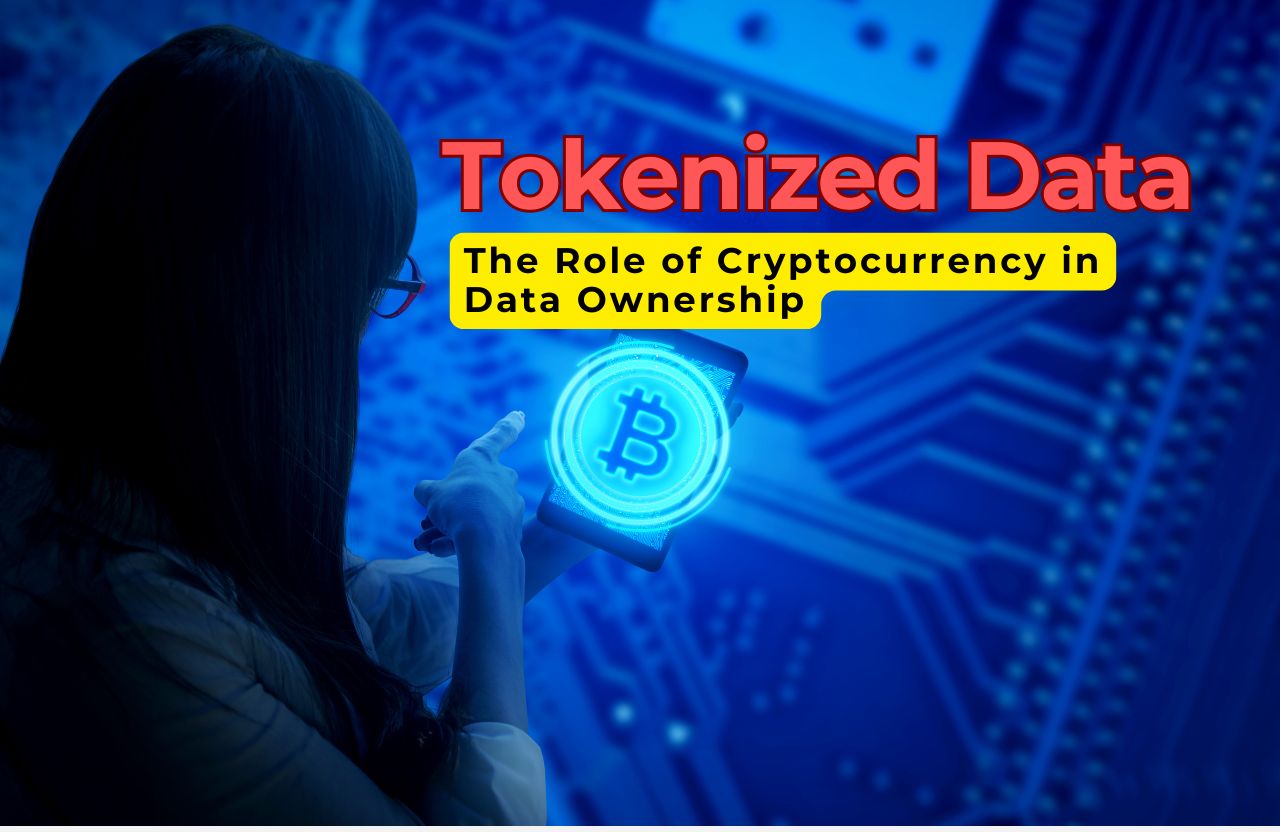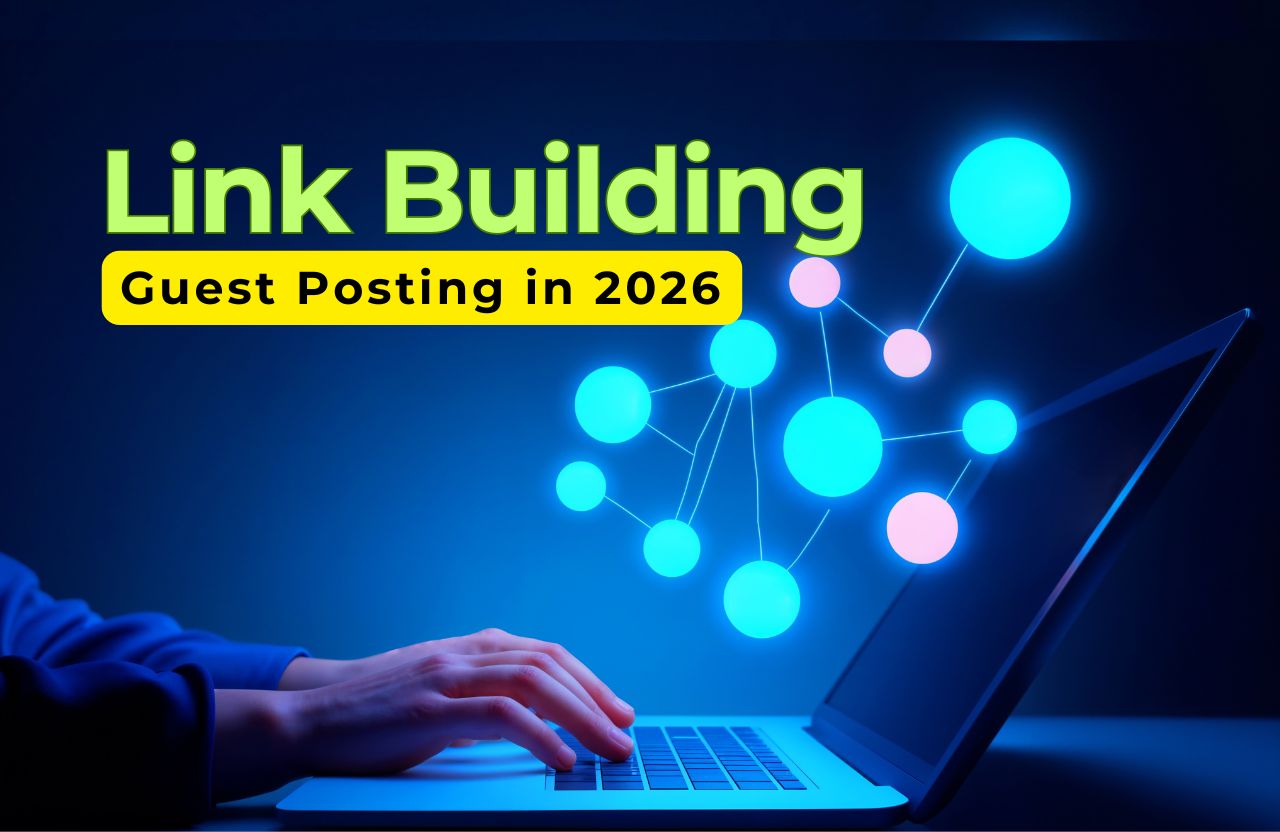The Direct-to-Consumer (DTC) business model has revolutionized the way brands interact with customers, bypassing traditional retail channels to establish direct relationships. Within this paradigm, subscription-based models have emerged as a powerful strategy, offering recurring revenue streams and fostering customer loyalty. But are they truly worth the investment?
In this comprehensive guide, we’ll explore:
- The fundamentals of subscription-based DTC models
- Advantages and challenges for businesses and consumers
- In-depth case studies of successful implementations
- Strategies for launching and optimizing subscription services
- Future trends shaping the subscription economy
Understanding Subscription-Based DTC Models
What Are Subscription-Based DTC Models?
A subscription-based DTC model involves selling products or services directly to consumers on a recurring basis—be it weekly, monthly, or annually—without intermediaries. This approach emphasizes:
- Customer Retention: Focusing on long-term relationships rather than one-time transactions.
- Predictable Revenue: Ensuring consistent income streams through recurring payments.
- Personalized Experiences: Leveraging customer data to tailor offerings.
Historical Context
The subscription model isn’t new. Historically, newspapers and book clubs operated on subscriptions. However, the digital age has expanded this model across various industries, including:
- Software as a Service (SaaS): Companies like Adobe and Microsoft offer software subscriptions.
- Streaming Services: Platforms like Netflix and Spotify provide media content on a subscription basis.
- Consumer Goods: Brands like Dollar Shave Club and HelloFresh deliver physical products regularly.
Advantages of Subscription-Based DTC Models
1. Predictable Revenue Streams
Subscriptions provide businesses with a steady and forecastable income, facilitating better financial planning and resource allocation.
2. Enhanced Customer Lifetime Value (CLV)
By nurturing ongoing relationships, companies can increase the total revenue generated from each customer over time.
3. Improved Inventory Management
Predictable demand allows for more efficient inventory control, reducing waste and storage costs.
4. Direct Customer Relationships
Eliminating intermediaries enables brands to gather firsthand customer data, leading to more personalized marketing and product development.
5. Opportunities for Upselling and Cross-Selling
Regular interactions with customers open avenues for introducing new products or premium services.
Challenges of Subscription-Based DTC Models
1. Subscription Fatigue
Consumers may become overwhelmed by multiple subscriptions, leading to cancellations or reluctance to subscribe.
2. High Churn Rates
Maintaining subscriber interest requires continuous value delivery; otherwise, customers may discontinue their subscriptions.
3. Operational Complexities
Managing logistics for recurring deliveries, handling customer service, and maintaining product quality can be demanding.
4. Market Saturation
As more brands adopt subscription models, standing out becomes increasingly challenging.
Case Studies: Successful Subscription-Based DTC Brands
1. Dollar Shave Club
Overview: Disrupted the razor industry by offering affordable, high-quality razors delivered monthly.
Strategies:
- Humorous Marketing: Viral videos that resonated with a younger audience.
- Community Building: Engaging customers through social media and feedback loops.
- Product Expansion: Introducing complementary grooming products.
Outcome: Acquired by Unilever for $1 billion in 2016.
2. BarkBox
Overview: Provides monthly boxes of dog toys and treats tailored to pet size and preferences.
Strategies:
- Personalization: Customizing boxes based on pet profiles.
- Themed Boxes: Monthly themes to keep offerings fresh and engaging.
- Community Engagement: Encouraging user-generated content and social sharing.
Outcome: Over 2 million active subscribers with a 95% retention rate after the first year.
3. HelloFresh
Overview: Delivers meal kits with pre-measured ingredients and recipes.
Strategies:
- Convenience: Simplifying meal preparation for busy consumers.
- Sustainability: Reducing food waste through precise portioning.
- Flexibility: Allowing customers to skip weeks or cancel anytime.
Outcome: Became a leading global meal kit provider with significant market share.
4. Magic Spoon
Overview: Offers high-protein, low-carb cereals reminiscent of childhood favorites.
Strategies:
- Health Focus: Catering to health-conscious consumers seeking nostalgic flavors.
- Risk-Free Trials: Offering full refunds on first orders to encourage trial.
- Direct Feedback: Utilizing customer reviews for product development.
Outcome: Achieved rapid growth, especially during the pandemic, by capitalizing on online grocery shopping trends.
5. The Honest Company
Overview: Provides eco-friendly baby and personal care products.
Strategies:
- Bundling: Allowing customers to build custom bundles for a flat rate.
- Transparency: Emphasizing ethical sourcing and ingredient transparency.
- Flexibility: Enabling easy modifications to subscription plans.
Outcome: Built a loyal customer base valuing sustainability and convenience.
Strategies for Launching a Successful Subscription-Based DTC Model
1. Identify the Right Product
Ensure the product is suitable for recurring purchases, such as consumables or items with regular usage cycles.
2. Offer Flexibility
Allow customers to customize their subscriptions, skip deliveries, or cancel without hassle.
3. Leverage Data for Personalization
Use customer data to tailor offerings, improving satisfaction and reducing churn.
4. Invest in Customer Experience
Provide exceptional service, from user-friendly websites to responsive customer support.
5. Implement Loyalty Programs
Reward long-term subscribers with discounts, exclusive products, or early access to new releases.
6. Monitor Key Metrics
Track metrics like churn rate, customer acquisition cost (CAC), and customer lifetime value (CLV) to assess performance and make informed decisions.
Future Trends in Subscription-Based DTC Models
1. Increased Personalization
Advancements in AI and machine learning will enable more tailored product recommendations and experiences.
2. Sustainability Focus
Consumers will favor brands that prioritize eco-friendly practices and sustainable sourcing.
3. Integration with Smart Devices
Subscriptions may integrate with IoT devices, offering automated reordering or usage tracking.
4. Expansion into New Industries
Subscription models will continue to penetrate sectors like healthcare, education, and automotive services.
Conclusion
Subscription-based DTC models offer numerous benefits, including predictable revenue, enhanced customer relationships, and opportunities for growth. However, they also present challenges that require careful planning and execution. By understanding the dynamics of subscription services and learning from successful case studies, businesses can make informed decisions about adopting and optimizing this model.












